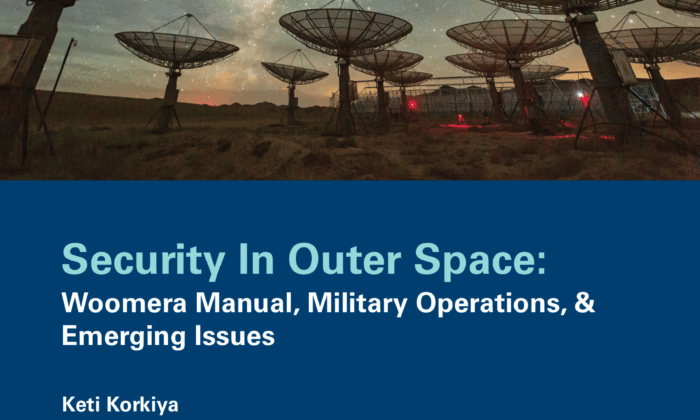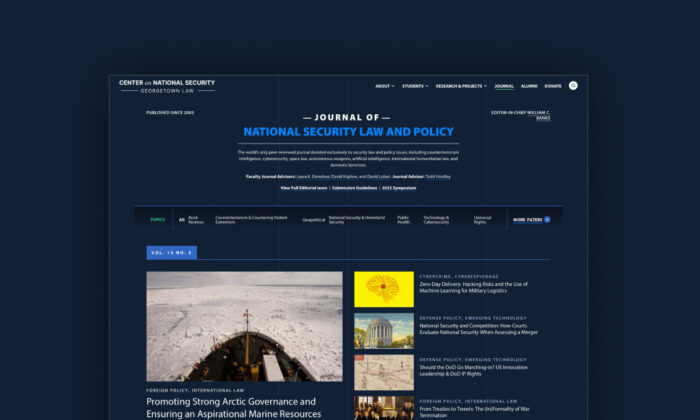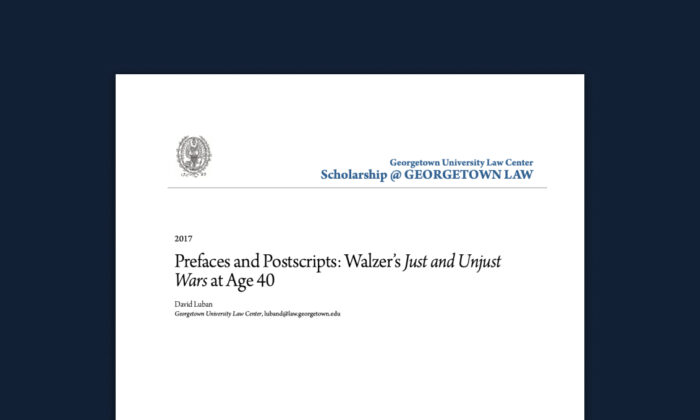Authors: David S. Jonas, Bryn McWhorter
Despite the potentially apocalyptic consequences of their use, in the United States, the power to authorize the launch of nuclear weapons lies in the hands of a single individual, the President. Although no President has authorized a nuclear attack since the World War II bombings of Hiroshima and Nagasaki, in recent years there has been growing interest in tightening control over this authority. Calls for reform particularly flared during the last administration as President Trump regularly sidestepped traditional processes for changing national security and foreign policy in favor of doing so informally through social media. Yet calls for reform have persisted beyond the Trump administration into President Biden’s first term.
Politicians, along with legal and national security experts,6\ have set forth proposals advocating for adopting a process that requires the participation of multiple individuals before the U.S. may launch a nuclear attack. In general, the proposals differentiate between the first use and second use of nuclear weapons. Second use instances are situations in which the United States is already under nuclear attack (or attack by chemical/biological weapons or a conventional attack so massive that the existence of the state is threatened) and must respond rapidly in self-defense. Second use instances are largely left out of reform proposals, allowing the President to retain sole power to authorize the launch. This is fully appropriate given the very short time for decision-making once an attack commences. The first use of nuclear weapons is the subject of most reform proposals, including the one contained in this Article. To ensure that the power to authorize the first use of nuclear weapons is appropriately curtailed, the authorization process should require the President, Vice President, and Secretary of Defense to all affirmatively approve the strike.
Section II of this Article provides background information on the current authorization process and its underlying legal authorities, exploring extant tensions between the legislative and executive branches’ assertions of their respective war powers. It then surveys the array of reforms proposed by political leaders and national security experts. Section III first identifies the criteria for evaluating the various reform proposals. Next, it explores the problems posed by the current decision-making process and analyzes the potential advantages and shortcomings of the proposals in circulation. Then it sets forth the authors’ recommendations for reform, including language that could be inserted into the next National Defense.
Authorization Act. Section IV concludes by emphasizing the magnitude of the decision at issue and reiterating the importance of making reform a top priority. It suggests that constitutional amendment should be the ultimate goal in effectuating these changes but recognizes that bipartisan legislation would be the most effective stopgap until a constitutional amendment could take place.



